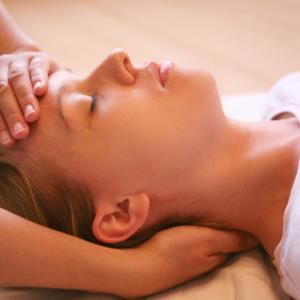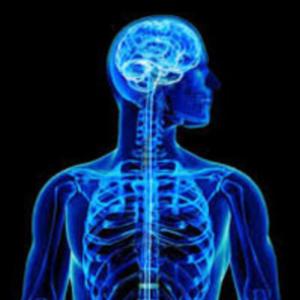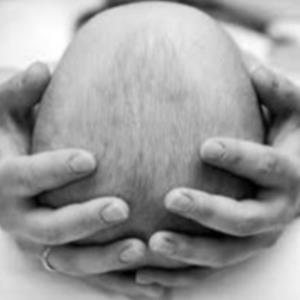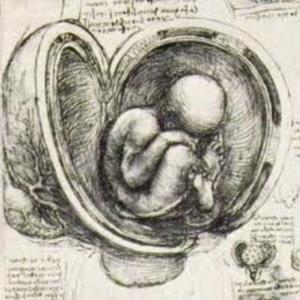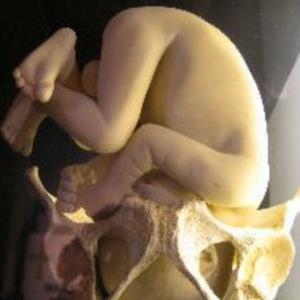What is Craniosacral Therapy
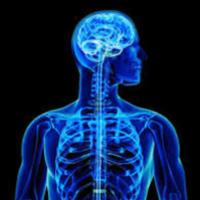
Cranial work is based on the research and work of an American osteopath, William Garner Sutherland, who gained ground-breaking insights in anatomy and physiology at the turn of the last century. His investigations were largely focused on the body's mechanical functions and the physiological roles of its tissues and structures. He made specific observations regarding the form of various sutures in the cranium, and noticed how certain sutures (joins between bones) echoed other structures in the natural world that were designed or built to allow respiratory movements.
His further research led him to understand that these bones that had previously been believed to be fixed and inert were in fact expressing a subtle motion, which was being expressed beyond these bones through every structure and part of the body. He discovered that the body is subject to constant internal rhythms and 'breaths', resembling respiration, that move at a minute, almost imperceptible level through every system, organ, tissue and cell of the body. Each bone, tissue, organ and fluid has a 'healthy' pattern of motion that expresses health and balance in its structure and function.
Craniosacral work has traditionally focused on the 22 bones that make up the human head, the vertebrae and sacrum, the brain and central nervous system, the cerebrospinal fluid and complex system of membranes inside the cranium and spinal column. Craniosacral treatment works to optimize the position, free movement and fluid dynamics of these parts of the Craniosacral system. This is done by assessing the subtle 'breathing' motion that move through each part of the body.
Working with these subtle motions and recognising patterns of both health and "lack" of health is a cornerstone of cranial work, allowing practitioners to assess specific bones and areas of the body that reflect dysfunction both locally and globally, and address any imbalances to restore healthy motion and function.
In his later years, Sutherland came to understand that the natural rhythms he had discovered not only reflected the degree of health in the body, but beyond this, in order for health to be present, these movements must work freely and without impediment.
During a treatment session, the practitioner 'palpates' (listens with the hands) the body and detects obstructions that are undermining the health of the patient. It is only when healthy motion and form are blocked and obstructed that we move towards a state of imbalance, disease and pain. Removing these blockages and helping the body realign with its underlying healthy motion restores health.


